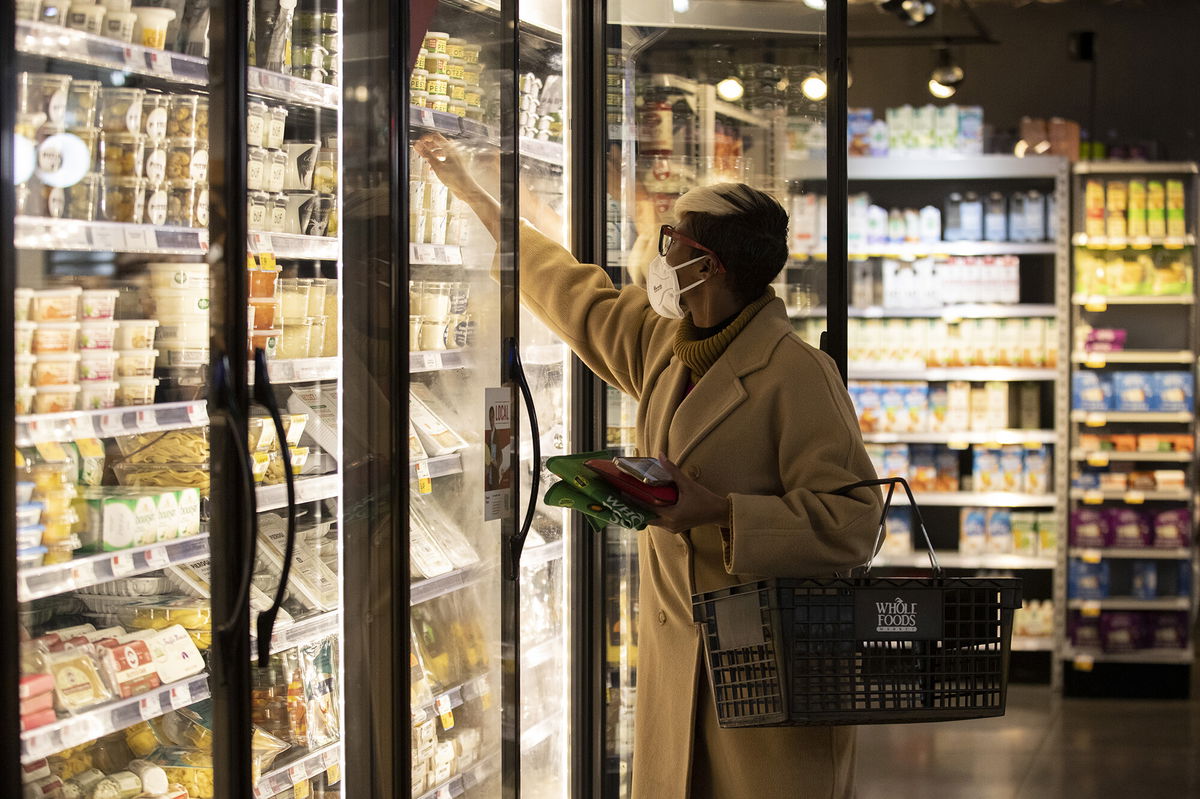Why economists believe 2021 ended on a high note despite Omicron

Economists predict US gross domestic product
By Anneken Tappe, CNN Business
The Omicron variant put America’s recovery through the ringer. But the post-Thanksgiving timing may mean the economic scorecard for the final quarter of 2021 could still look decent.
At least that’s what economists are hoping.
Omicron caused infections to skyrocket, businesses to struggle and workers to stay home sick in late December. But before the variant arrived on US shores, the recovery was chugging along.
That means the fourth quarter may prove to be the one that squeaked through, slotting between Delta and Omicron — and looking pretty good.
Economists predict US gross domestic product, the broadest measure of economic activity, grew at an annual rate of 5.5% between October and November, according to consensus estimates from Refinitiv.
The GDPNow forecast from the Federal Reserve Bank of Atlanta points at growth of 5.1% as of January 19, still a robust number even though it’s a far cry from the more than 7% bump forecast in late December.
Either way, it would be a big uptick from the 2.3% annualized growth rate reported in the third quarter, when the Delta variant weighed on the economy. But it would still be below the second quarter’s 6.7% rate — before the variants threw a wrench into our long awaited return to normal.
By contrast, the first three months of 2022 could reflect some of the worst economic growth since the 2020 lockdowns.
“In terms of growth momentum, January is on track to be the worst month since December 2021,” said Jefferies chief economist Aneta Markowska. “We have penciled in a 1.5% growth rate for Q1 GDP,” she said.
Rising inflation and early holiday shopping
Just because the economy may have gotten lucky in the final quarter of the year doesn’t mean it was devoid of problems.
US consumers, the backbone of the economy, had plenty to grapple with.
Supply chain problems, worker shortages, increasing transportation costs and high demand are keeping inflation uncomfortably high. And the final months of the year were no exception in terms of price increases.
In the 12 months ended in November, the personal consumption expenditure price index — the inflation gauge that’s also included in the GDP report — rose to 5.7%, its highest level since since July 1982.
Amid the rising costs, retailers warned that the holiday shopping season would be plagued with delays, prompting shoppers to buy presents early and causing retail sales to drop in December for the first time since the summer.
Higher prices — along with shipping delays and Omicron’s arrival — weighed on how Americans were feeling by year-end. And this sentiment continued into the new year.
On Tuesday, consumer confidence data revealed that Americans feel okay about the economy right now, with plenty of jobs available and low interest rates, in spite of Omicron. But the near-term outlook is much more uncertain between rising interest rates and the fear of additional potential Covid variants disrupting the recovery.
The-CNN-Wire
™ & © 2022 Cable News Network, Inc., a WarnerMedia Company. All rights reserved.